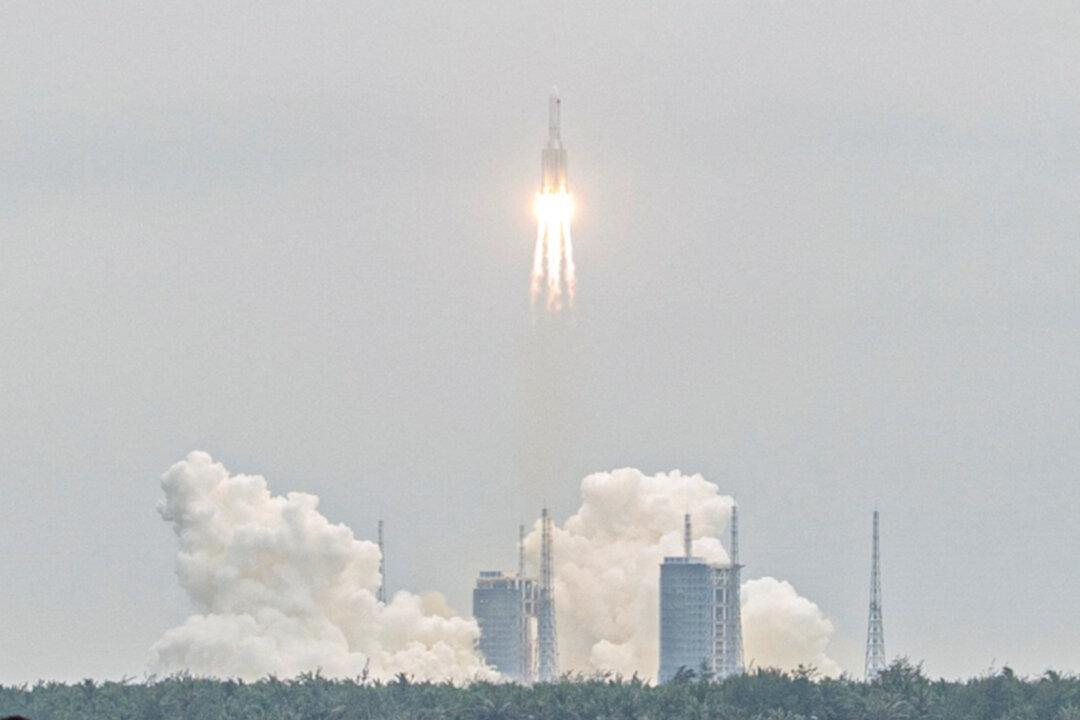Commentary
China apparently plans to cause recurrent waves of panic by launching uncontrolled rockets that threaten people on Earth, and soon, also on the Moon.

China apparently plans to cause recurrent waves of panic by launching uncontrolled rockets that threaten people on Earth, and soon, also on the Moon.